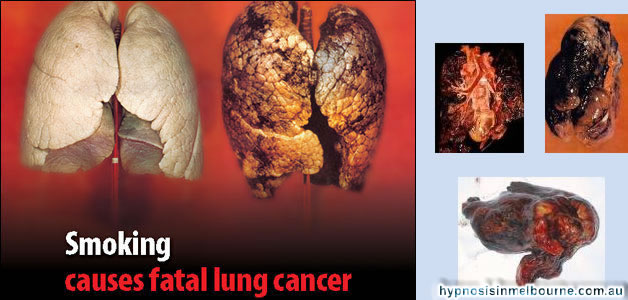O’s Smoking Challenge Update
When O urged readers to chuck their cigarettes, hundreds answered the call to join our quit-smoking community on the message boards. Many ditched the nicotine—others continued to struggle.
O found five women on the boards who bonded, confessing their failures, cheering each other on, and just shooting the breeze. Despite the support, all of them were still smoking, so O called in a professional. Dr. Steven A. Schroeder is a professor of medicine at the University of California, San Francisco, and director of its Smoking Cessation Leadership Center. He spoke to the five women on the phone, and suggested a kick-butt plan for each of them…

Sharon K. Moritz, 49
Certified nursing and medication assistant in Menomonie, Wisconsin
Age at first puff : 11
Past quit attempts: cold turkey, various support groups, hypnosis
Sharon says: “I used to smoke 20 to 25 cigarettes a day—Marlboro Reds—and then I cut back to about five a day. Just about any strong emotion, whether I’m celebrating or can’t stop crying, makes me want a cigarette. Smoking gives me courage, helps me face things. However, when I quit and I’m succeeding, I feel invincible. On July 1 last year I quit cold turkey, and I started gaining weight. I thought I should smoke for a bit to lose a few pounds. But being skinny and hacking up tar is no good, either.”

Dr. Schroeder’s suggestion: A short-acting form of nicotine replacement therapy (NRT), such as gum, to use when a craving comes on—this is probably all she needs since she smokes so few cigarettes. (NRT aids may temporarily prevent weight gain, possibly due to nicotine’s effect on neurotransmitters that suppress appetite, according to Schroeder’s colleague Karen Hudmon, an associate professor at Purdue University School of Pharmacy.) And the Oprah.com group is a good support system.
Roberta Homiski, 59
Retired bank teller in Norwich, Connecticut
Age at first puff: 22
Past quit attempts: the patch, gum

Roberta says: “I go through about a pack or more of Capri Menthol 120s a day. You’d think I’d know better. My father passed away from a smoking-related cancer, and my favorite uncle died of lung cancer. My father-in-law has emphysema and COPD (chronic obstructive pulmonary disease)—he lives next door. And I have COPD myself—I know smoking is one of the causes. But my mother is in the final stages of Alzheimer’s, and it’s so depressing that it just makes me want to smoke. Recently, I was nervous about the results of some medical tests, so what did I do? I went out and spent $5.22 on a pack.”
Dr. Schroeder’s suggestion: A higher dose (21 to 22 milligrams over 24 hours) patch than she used before, in combination with NRT lozenges, gum, nasal spray or inhaler. “Since she’s had some personal stressors that are causing her to turn to cigarettes for comfort, cognitive behavioral therapy is another avenue she may want to explore. It could help her retrain the thought process that makes her smoke,” he says. The fact that she already has lung disease means she can’t fool around.

Ann Kinderknecht, 47
Homemaker in Manitowoc, Wisconsin
Age at first puff: 23
Past quit attempts: the patch, gum, cold turkey
Ann says: “Smoking is always on my mind. Right now I’m up to about a pack and a half of menthols; I don’t even care which brand, as long as it’s on sale. I actually did quit once for about 46 days, but then I had ‘just one.’ I’ve broken cigarettes in half and taped them back together. I’ve wet them, tossed them in the trash, then tried to dry them in the microwave. I’m hooked.”
Dr. Schroeder’s suggestion: Ann has a strong physical dependence, so a triple therapy might be most effective: Zyban (bupropion, which is basically the same drug as the anti-depressant Wellbutrin), a high-dose patch, and a short-acting NRT, such as gum. Because she struggles with feelings of anxiety and depression, the Zyban might be particularly helpful. The other option is Chantix (varenicline)—a new drug which “targets the nicotine receptors in the brain, so you don’t have so much of a craving,” says Dr. Schroeder—by itself, which works very well for addicted patients (the research isn’t in yet on combining the drug with other therapies). “I also encouraged Ann to set a quit date about a month away,” he says. “She can use that time to make adjustments in her life—to really prepare to stop smoking for good.” Schroeder recommends environmental changes such as letting people know that you’re about to quit, throwing away ashtrays, airing out your house—practicing being a nonsmoker even before you quit.
